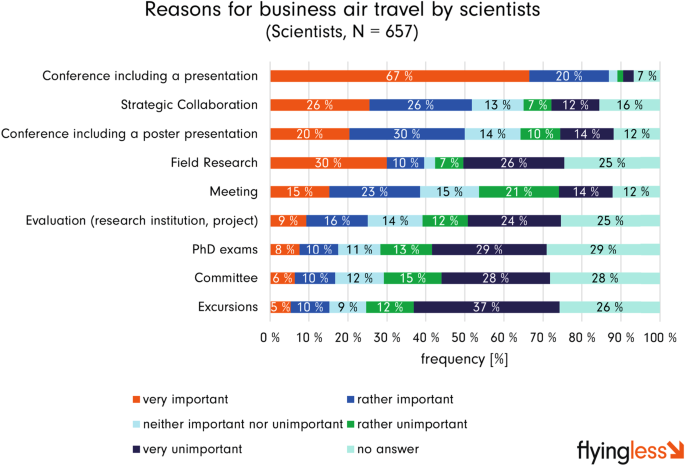-
UC Irvine-led science team shows how to eat our way out of the climate crisis

Irvine, Calif., Nov. 6, 2023 — Agriculture is one of the hardest human activities to decarbonize; people must eat, but the land-use practices associated with growing crops account for roughly a quarter of global greenhouse gas emissions. Researchers at the University of California, Irvine and other institutions evaluate a new solution to this problem, one…
-
YSU launches new graduate program: Master of Science in Data Science
Youngstown State University’s College of Science, Technology, Engineering and Mathematics and the College of Graduate Studies have launched a new graduate program to begin in Fall 2024. The Master of Science in Data Science & Statistics is an interdisciplinary program built around a curriculum that will enhance learners’ knowledge and application of data science and statistics, including…
-
Argentine rewilding debate descends into legal threats
Argentine scientists have accused a nature conservation foundation of “intimidation” as an academic debate over rewilding descended into legal threats. At issue is whether introducing certain large mammals to parts of Argentina will benefit ecosystems and cut emissions or harm local wildlife and threaten human health. In April, a group of over 100 scientists published…
-
Zaha Hadid’s Science Center Breaks Ground in Singapore

Zaha Hadid’s Science Center Breaks Ground in Singapore Courtesy of ZHA ShareShare Facebook Twitter Mail Pinterest Whatsapp Or https://www.archdaily.com/1009307/zaha-hadids-science-center-breaks-ground-in-singapore Clipboard“COPY”Copy Singapore’s Science Center recently hosted a groundbreaking ceremony for the new building, designed to promote STEM education in all of Singapore. Situated adjacent to the Chinese Garden MRT station, this state-of-the-art facility designed by world-renowned…
-
Japan’s national science museum holds record crowdfunding campaign

The National Museum of Nature and Science said Monday that it has raised ¥920 million ($6.15 million) through a 90-day crowdfunding campaign, with 57,000 members of the public chipping in to help maintain the institution’s collections and cover its soaring utility costs. The amount of donations and the number of people who contributed are the…
-
Japan’s National Museum of Nature and Science crowdfunding far exceeds target

Japan’s National Museum of Nature and Science says its crowdfunding campaign has raised more than 900 million yen, or about 6 million dollars, far exceeding its original target of 100 million yen. The head of the museum, Shinoda Kenichi, and other officials told a news conference on Monday that more than 56,000 people had contributed…
-
Homewood Science Center brings fun, learning to Izaak Walton at nature fest

About 320 community members participated in Walk Walton, an annual nature fest and fundraising event for the Homewood Science Center, at Izaak Walton nature preserve on Sunday, Oct. 22, according to Homewood Science Center Executive Director Edie Dobrez. “It’s a way to get families out enjoying the beautiful Izaak Walton preserve – but also learning…
-
An evidence-based approach to accelerate flight reduction in academia

Abstract On the path towards net zero emissions in academia, reducing flight emissions is of high importance, yet particularly difficult to achieve. Flight emissions have a major share of the total greenhouse gas (GHG) emissions of research institutions but reducing them is challenging, because flying has become an essential part of academic culture. While there…
-
15NH3 in the atmosphere of a cool brown dwarf
Abstract Brown dwarfs serve as ideal laboratories for studying the atmospheres of giant exoplanets on wide orbits as the governing physical and chemical processes in them are nearly identical1,2. Understanding the formation of gas giant planets is challenging, often involving the endeav our to link atmospheric abundance ratios, such as the carbon-to-oxygen (C/O) ratio, to…
-
Daily briefing: Countries begin weaving an AI safety net

Hello Nature readers, would you like to get this Briefing in your inbox free every day? Sign up here. A high-level global summit on AI safety was held at Britain’s historic code-breaking facility in Bletchley Park.Credit: Chris J. Ratcliffe/Bloomberg via Getty Countries begin weaving an AI safety net The United States and the United Kingdom…